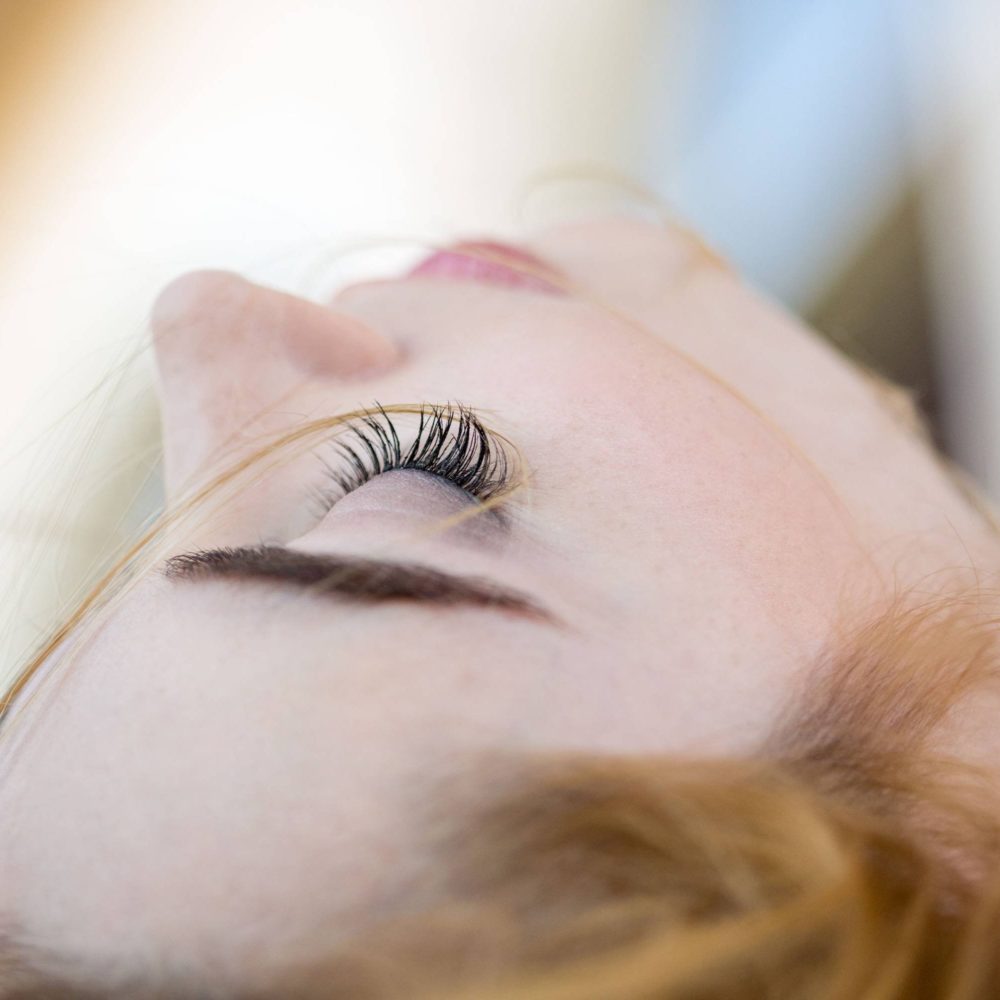Full disclosure, I’m a fan of injectable neurotoxins. In the hands of the right doctor, they are a great tool to for people who want to look youthful.
I had my first Botox treatment at 35 years old. The vertical line on my forehead had been there long as I could remember, getting more pronounced with each passing year. The prospect of softening it was intriguing.
The procedure itself didn’t feel as invasive as I expected. It took about 10 minutes and the result was subtle. I was so happy with the results, I continued to have injections every 5-6 months.
I’ve paired Botox with other anti-aging treatments (chemical peels, microdermabrasion, and LED treatments) and I’m generally happy with my face a decade later.
Then I had two Botox treatments in a row where the results changed dramatically. My eyes looked heavier and my forehead too frozen. I discussed it with my dermatologist but the corrections he made didn’t really help.
Unsure of what to do, I took a “Botox vacation” and let my face go back to its natural state.
I was curious; had a decade of paralyzing my forehead muscles affected their movement? Was Botox really “preventative” like some doctors said? Would my forehead be smoother than it was before?
My “Botox vacation” lasted a nine months. During that time, all the movement returned to my forehead; I’m happy to know my muscles still work! The heaviness left my eyelids as the Botox wore off but the vertical line on my forehead also returned.
Does my forehead look better now than it would have if I didn’t get all the injections over the past decade? Not necessarily.
I decided to see a new dermatologist and he used a different injection pattern to lift my brow while still softening the vertical line. I’m happy with the results and will probably get back on my regular injection schedule but it’s also nice to know what my face looks like without a little help!


